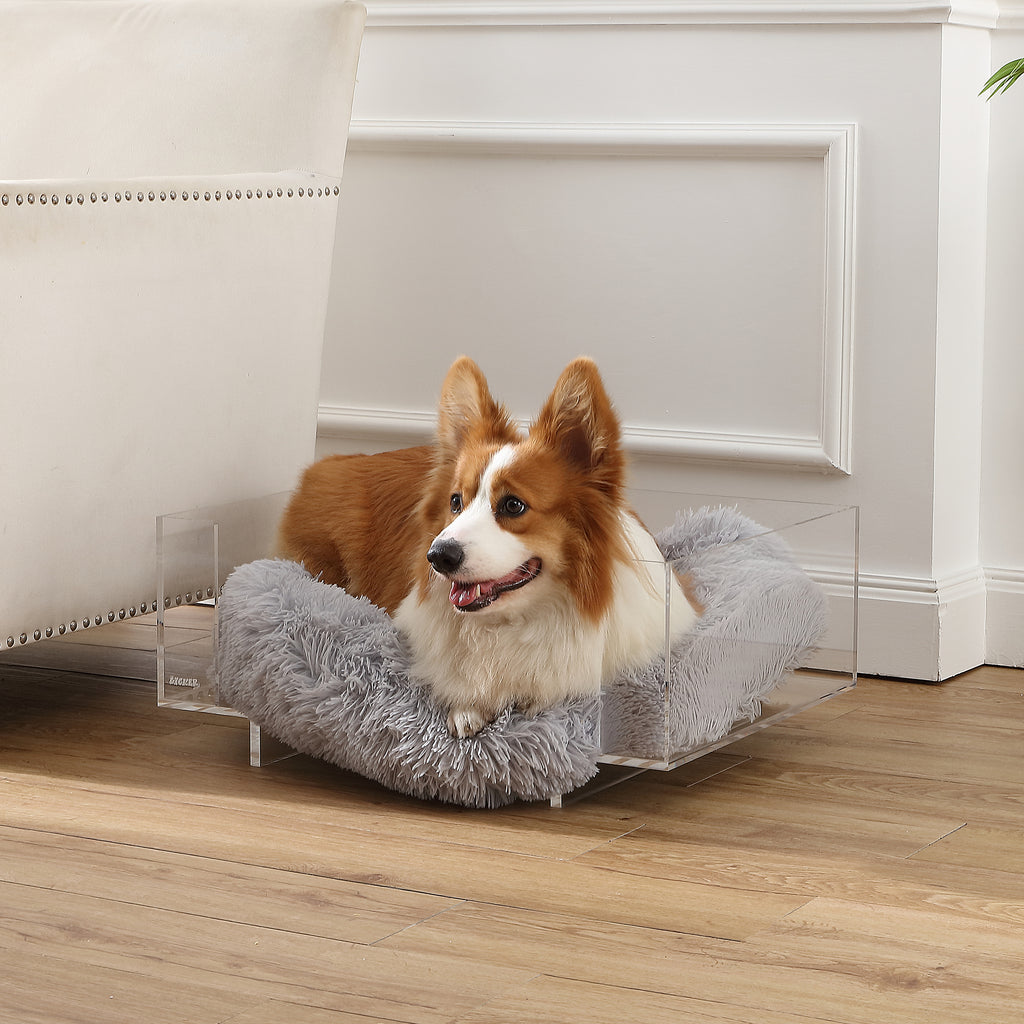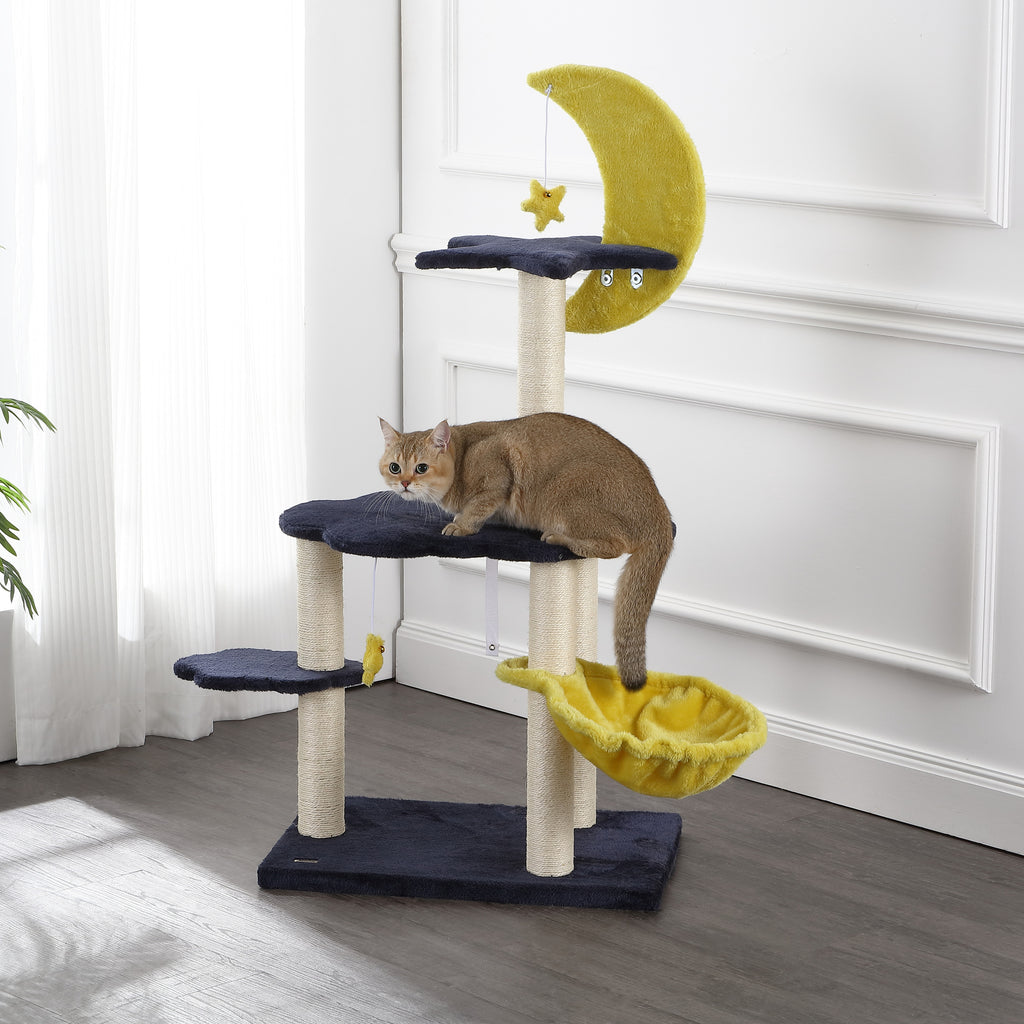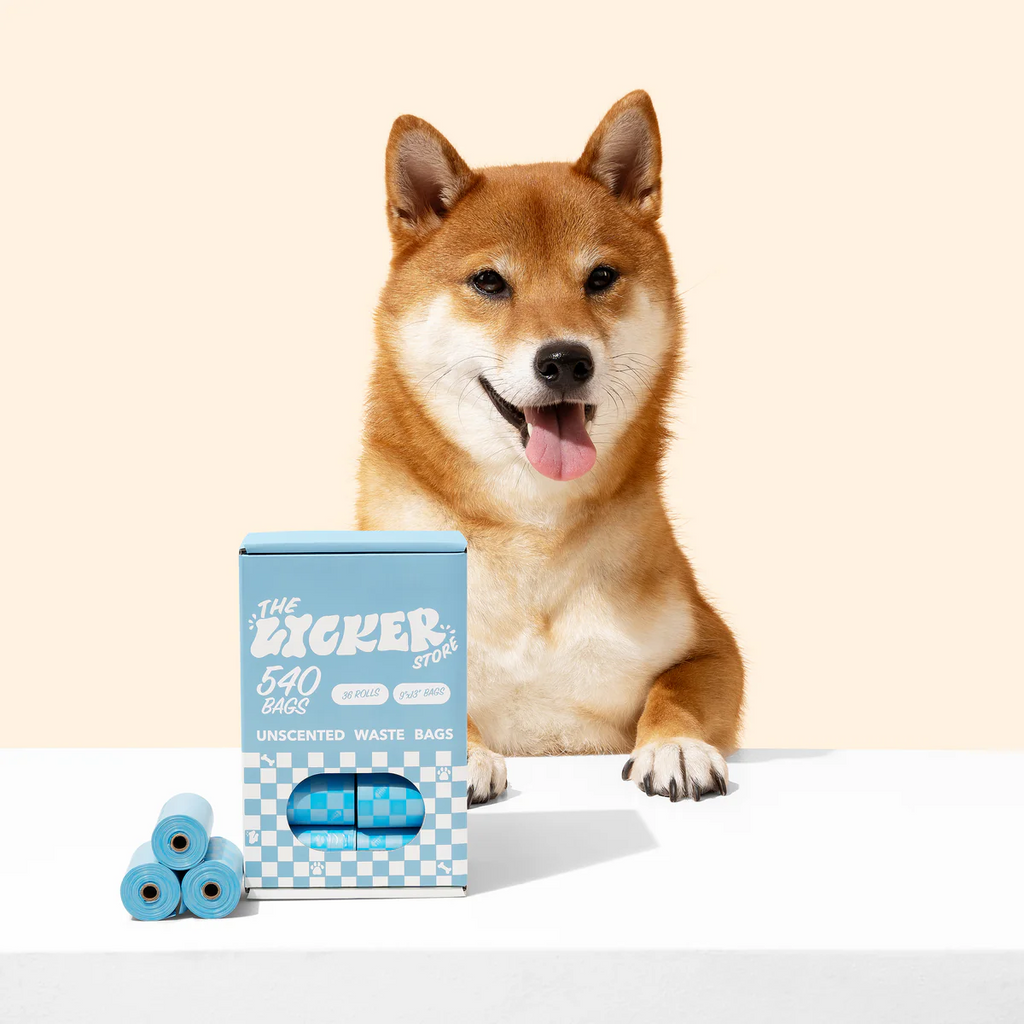For households with multiple cats, a common concern is: Can cats share a litter tray? While it might seem practical to save space and reduce maintenance, sharing a litter tray can lead to stress, accidents, and health issues if not managed properly.
A litter tray is more than just a place for elimination—it’s a personal sanctuary for a cat. Cats are territorial animals, and their litter tray plays a role in marking territory, maintaining hygiene, and ensuring comfort. Understanding cat behavior, litter tray management, and hygiene strategies is essential for multi-cat households.
This guide explores the pros and cons of litter tray sharing, practical setup tips, troubleshooting, litter selection, and behavioral insights to keep your cats happy and healthy.
Understanding Cat Behavior Around Litter Trays
Cats’ litter tray habits are influenced by instinct, personality, and environment. Sharing can trigger stress if these needs aren’t met.
Territorial Instincts
-
Cats use scent marking to define territory, and the litter tray is part of this territory.
-
Dominant cats may intimidate others, preventing them from using shared trays.
-
Territorial disputes can result in accidents outside the tray, increased hiding, or aggression.
Some cats are naturally submissive and will avoid a tray used by a dominant companion. Knowing your cats’ personalities can help you anticipate sharing issues and plan litter tray placement accordingly.
Hygiene and Preferences
-
Cats prefer clean, fresh litter. A dirty or crowded tray may be avoided.
-
They may reject trays with unfamiliar scents, strong fragrances, or other cats’ waste.
-
Overlapping usage in multi-cat homes can increase stress and hygiene issues.
Understanding each cat’s preference for litter texture, depth, and tray type helps reduce resistance to sharing. Observing their behavior over time can provide insights into the best setup for your household.
Stress and Anxiety
-
Sharing a tray can increase stress in territorial or anxious cats.
-
Signs of stress include hiding, reduced appetite, over-grooming, vocalization, or aggression.
-
Multi-cat households with poor litter tray arrangements often see higher rates of behavioral problems.
Environmental enrichment, such as vertical spaces, interactive toys, and private resting areas, can help reduce stress and improve litter tray compliance.
Pros and Cons of Sharing a Litter Tray
While some cats may tolerate sharing, it’s important to understand the potential advantages and risks.
Pros
-
Space-Saving: Fewer trays required, helpful in smaller living spaces.
-
Easier Maintenance: Fewer trays to clean if cats tolerate sharing.
-
Bonding Opportunities: Sibling cats or closely bonded companions may share comfortably.
In some homes, sharing a litter tray works best when the tray is extra large, located in a quiet area, and complemented by at least one additional tray.
Cons
-
Stress and Competition: Dominant cats may intimidate submissive cats, leading to avoidance.
-
Hygiene Issues: Waste accumulates quickly in shared trays, causing odors and hygiene problems.
-
Health Risks: Avoiding trays can result in urinary tract infections, constipation, or other health issues.
Follow the “one tray per cat plus one extra” rule to reduce conflict, promote hygiene, and ensure each cat has a safe elimination space.
Setting Up a Multi-Cat Litter Tray System
Proper setup is key to reducing stress and ensuring healthy habits.
Determine the Number of Trays
-
Provide one tray per cat plus one extra. For three cats, you need at least four trays.
-
Extra trays reduce competition and prevent accidents.
Additional Paragraph: Even if your cats are bonded, extra trays ensure access in emergencies, such as illness, cleaning, or territorial disputes.
Tray Types
-
Uncovered Trays: Simple and accessible; many cats prefer open spaces.
-
Covered Trays: Offer privacy and odor control but may discourage timid cats.
-
Self-Cleaning Trays: Convenient for owners but not suitable for all cats due to noise or movement.
Using a combination of tray types allows cats to choose based on comfort, reducing stress and improving overall hygiene.
Size Matters
-
Trays should be at least 1.5 times the length of the largest cat.
-
Large trays allow cats to dig, turn, and cover waste comfortably.
For households with multiple cats, consider trays with low entry points to accommodate older cats or kittens, promoting use and reducing accidents.
Placement
-
Place trays in quiet, low-traffic areas.
-
Avoid placing near food and water.
-
Spread trays across the home to reduce territorial disputes.
For multi-level homes, place trays on each floor. Cats often prefer eliminating in quiet, private areas, so providing multiple locations increases compliance.
Choosing the Right Litter
Litter type can significantly impact sharing success:
-
Clumping Clay Litter: Easy to scoop, controls odor effectively.
-
Unscented Litter: Reduces aversion caused by strong fragrances.
-
Natural or Biodegradable Litter: Gentle on paws and environmentally friendly.
-
Silica Gel Litter: Long-lasting odor control, but some cats dislike texture.
Observe each cat’s preferences. Offering different types in separate trays can satisfy individual choices and encourage consistent tray use.
Cleaning and Maintenance
Maintaining hygiene is crucial in multi-cat households:
-
Scoop waste at least once daily.
-
Wash trays weekly with mild soap and warm water.
-
Replace litter completely every 2–3 weeks.
-
Use liners or mats to minimize tracking.
Consider keeping a cleaning log to track maintenance. This ensures consistency and reduces stress for your cats while maintaining optimal hygiene.
Troubleshooting Common Issues
Even with proper setup, problems can arise.
Avoidance
-
Causes: Dirty trays, territorial disputes, health issues.
-
Solutions: Provide more trays, place them in quiet areas, and maintain cleanliness.
Persistent avoidance may indicate underlying medical issues such as urinary tract infections or gastrointestinal problems. Consult your veterinarian if the behavior continues.
Aggression
-
Causes: Dominant cats blocking access, competition for space.
-
Solutions: Separate boxes, use pheromone sprays, and gradually reintroduce sharing.
Positive reinforcement, such as treats or praise when using trays correctly, can encourage submissive cats to feel safe and reduce conflict.
Odor Control
-
Use clumping litter and frequent cleaning.
-
Consider baking soda or litter deodorizers.
Proper ventilation in litter areas also reduces odors, improves comfort, and encourages use in multi-cat households.
Behavioral Strategies
-
Observe and Intervene: Monitor interactions around trays.
-
Provide Vertical Space: Cat trees and shelves reduce territorial conflicts.
-
Separate Feeding Areas: Prevent competition and reduce stress.
-
Use Pheromone Products: Diffusers like Feliway help calm stressed cats.
-
Routine: Keep feeding, play, and cleaning schedules consistent.
Incorporating interactive play and enrichment keeps cats physically and mentally stimulated, reducing competition and supporting healthy litter tray habits.
When Litter Tray Sharing Works
Some cats, particularly bonded siblings, may comfortably share:
-
Both cats use the tray regularly without stress.
-
No accidents occur outside the tray.
-
Calm interactions are observed at the tray.
Even when sharing works, always provide at least one extra tray. This ensures a safe, clean alternative if one tray becomes dirty or a cat feels stressed.
Advanced Tips for Large Multi-Cat Households
-
Multiple Floors: Place trays on each floor for convenience.
-
Different Litter Types: Cater to individual preferences.
-
Gradual Introductions: New cats should have a separate tray initially.
-
Monitor Health: Stress can affect immunity; observe litter habits and behavior closely.
Color-coding trays or using visual markers can help cats distinguish their space, reducing stress and territorial disputes in large multi-cat households.
Environmental Enrichment
-
Provide interactive toys and scratching posts.
-
Offer window perches and hiding spaces.
-
Schedule daily playtime to expend energy and reduce territorial disputes.
Enrichment not only reduces stress but encourages physical activity and healthy elimination habits, indirectly supporting litter tray usage.
Health Considerations
Sharing litter trays can impact health if hygiene is poor:
-
Urinary Tract Infections (UTIs): Stress and avoidance increase risks.
-
Feline Lower Urinary Tract Disease (FLUTD): Linked to overcrowded or dirty trays.
-
Parasites: Poor sanitation can spread intestinal parasites.
Watch for changes in appetite, stool consistency, or urine frequency. Prompt veterinary attention prevents minor issues from escalating.
Conclusion
Can cats share a litter tray? While possible for some bonded cats, it’s generally safer to provide one tray per cat plus one extra. Understanding cat behavior, maintaining cat hygiene, and providing multiple tray options ensures a stress-free, healthy environment.
Key Takeaways:
-
One litter tray per cat plus one extra is safest.
-
Clean trays frequently and use high-quality litter.
-
Observe behavior and adjust placement as needed.
-
Sharing works best for bonded cats, but extra trays are recommended.
By following these expert tips, multi-cat households can remain harmonious, clean, and stress-free.
FAQs
Q1: Can kittens share a litter tray?
Yes, kittens often share early on, but separate trays are recommended as they grow.
Q2: How many trays for three cats?
Four trays – one per cat plus one extra.
Q3: What litter is best for sharing?
Clumping, unscented, or biodegradable litter is ideal.
Q4: Can litter tray sharing cause health issues?
Yes, stress and poor hygiene can lead to UTIs, FLUTD, and inappropriate elimination.
Q5: How do I encourage a stressed cat to use a shared tray?
Provide multiple trays, clean frequently, place in quiet locations, and consider pheromone diffusers.






